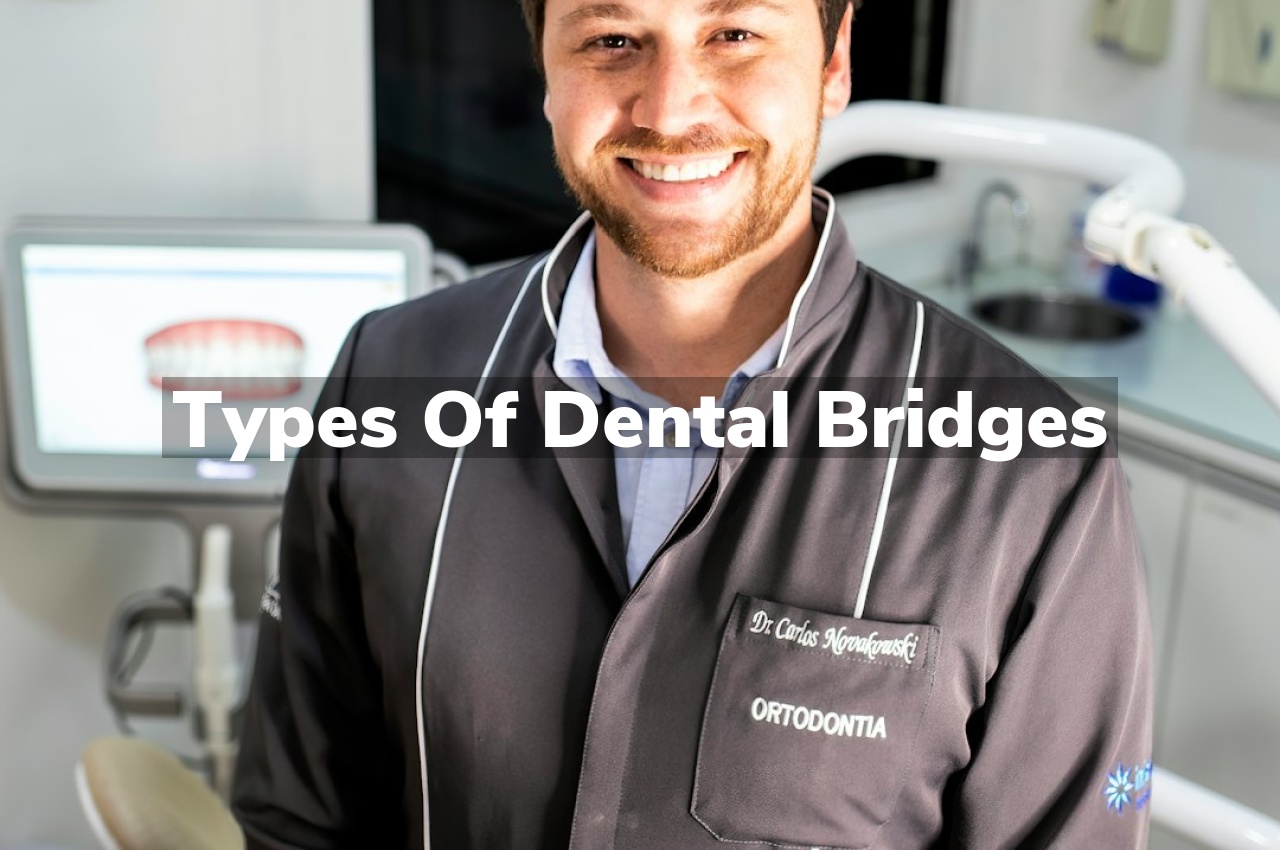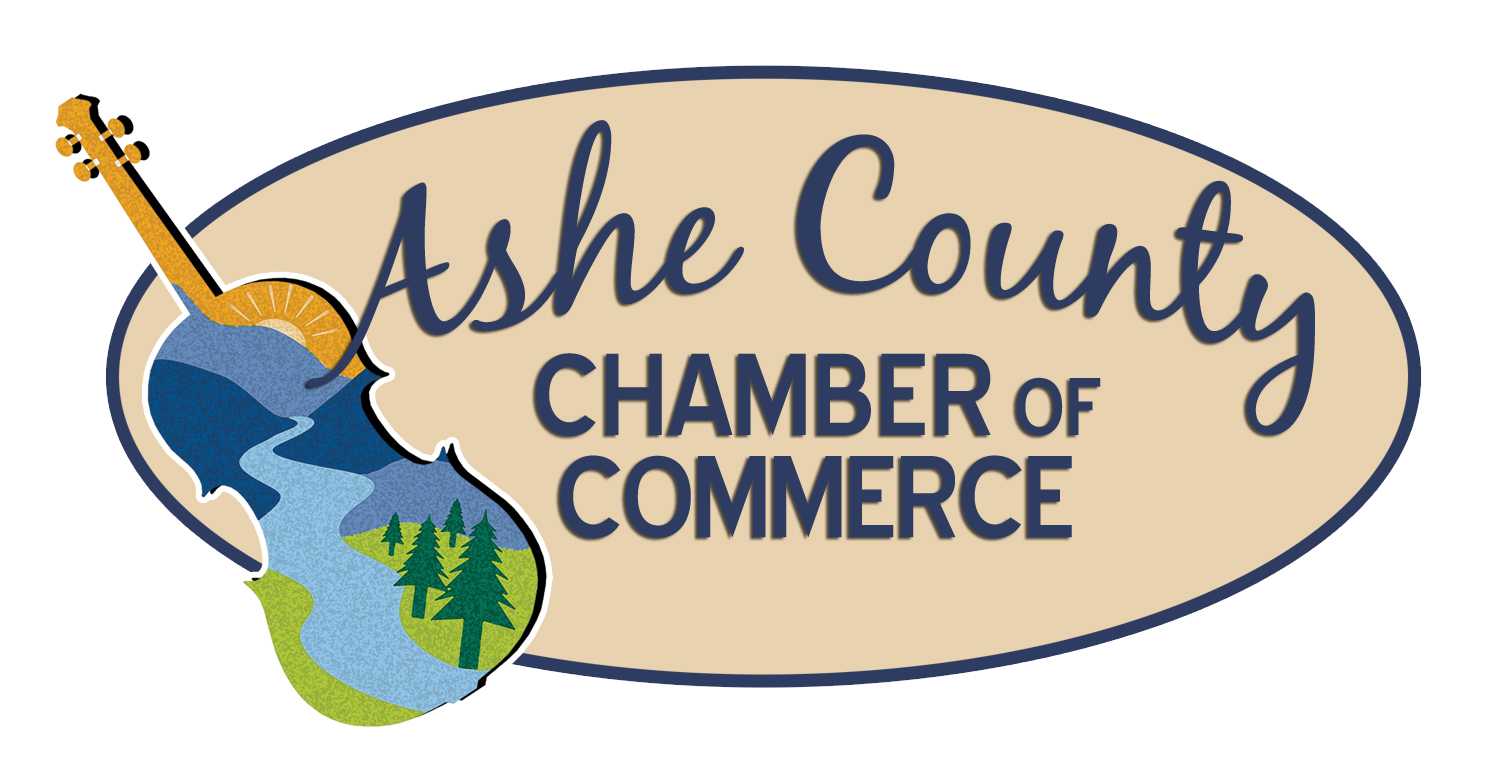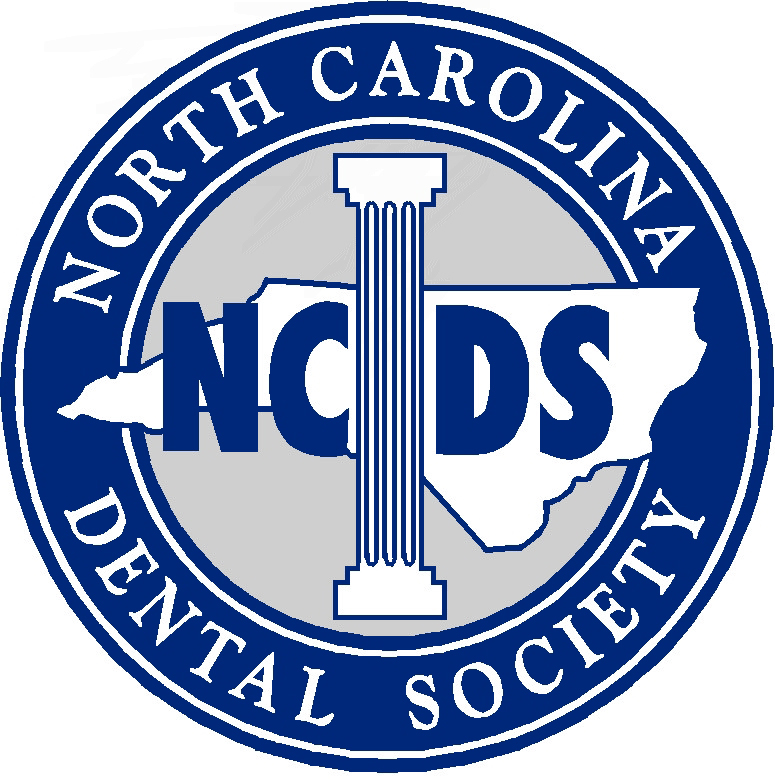Are you curious about the different types of dental bridges available? Dental bridges are designed to bridge the gap created by one or more missing teeth, and they come in various forms, each tailored to meet specific dental needs and preferences. Understanding these types can help individuals make informed decisions about their dental health.
Traditional Fixed Dental Bridges
Traditional fixed dental bridges are one of the most common solutions for replacing missing teeth. This type of dental bridge involves creating a crown for the tooth or implant on either side of the missing tooth, with a pontic (or false tooth) in between. Fixed bridges are called “traditional” because they have been used for many years to restore functionality and aesthetics to a patient’s smile. They are cemented to the natural teeth or implants surrounding the empty space, providing a permanent solution that cannot be removed.
The materials used for traditional fixed dental bridges vary, including porcelain fused to metal or ceramics, which are chosen to match the natural color of the patient’s teeth. This ensures that the bridge blends seamlessly with the rest of the teeth, maintaining a natural appearance. For individuals concerned about how their dental bridge will look, exploring Dental Bridge Aesthetics can provide valuable insights into how modern dental technology and materials can create a visually pleasing result. Traditional fixed bridges not only improve the function of your teeth but also have the potential to enhance your overall smile aesthetics.
Cantilever Dental Bridges
Cantilever dental bridges are a type of dental restoration used when there are adjacent teeth on only one side of the missing tooth or teeth gap. This method differs from traditional bridges that require support from teeth on both sides of the missing tooth. The cantilever bridge is anchored to one or more natural teeth on one side, which then extends over the gap to hold a false tooth in place. It’s a solution considered in specific cases where the traditional approach may not be feasible or recommended.
The application and suitability of cantilever dental bridges depend on various factors, including the location of the gap, the condition of the teeth next to the gap, and the overall oral health of the patient. Each case is unique, and the decision to use a cantilever dental bridge involves careful consideration by dental professionals. Explore dental bridges in Jefferson to understand how they can address different dental needs.
Maryland Bonded Dental Bridges
Maryland Bonded Dental Bridges represent a popular choice for individuals looking to address the issue of missing teeth. This type of dental bridge utilizes a metal or porcelain framework to which the artificial teeth are attached. The framework is then bonded to the back of the adjacent natural teeth. Unlike traditional bridges, Maryland Bonded Dental Bridges do not require the adjacent teeth to be extensively prepared or reshaped, making them a less invasive option. They are often used for replacing front teeth, where the biting forces are minimal, and the emphasis on aesthetics is paramount.
Implant-Supported Dental Bridges
Implant-supported dental bridges represent a modern solution for replacing missing teeth. Unlike traditional bridges, these are anchored directly to the jawbone through dental implants, providing a stable and durable foundation. This method not only helps restore the functionality of the teeth but also preserves the jawbone’s integrity, preventing bone loss that often occurs with missing teeth. For more detailed information, consider consulting Joel W Yates Jr. D.D.S.
Materials Used in Dental Bridges
Dental bridges are a common solution for replacing missing teeth, and they can be made from a variety of materials. The choice of material plays a crucial role in the durability, aesthetics, and cost of the dental bridge. Common materials include porcelain, which is often favored for its ability to match the natural color of teeth, and metals such as gold, alloy, or a combination of these, known for their strength and longevity. Another option is porcelain fused to metal, which offers a balance between strength and a natural appearance. Each material has its own set of advantages and is selected based on the specific needs and preferences of the patient.
Conclusion
For more insights, read reviews on Google Maps or call us at 336-846-2323 to discuss further.






